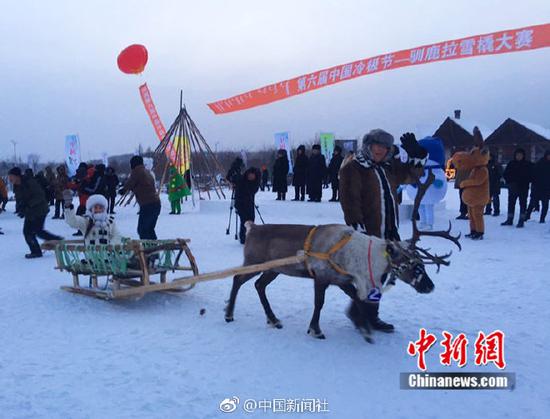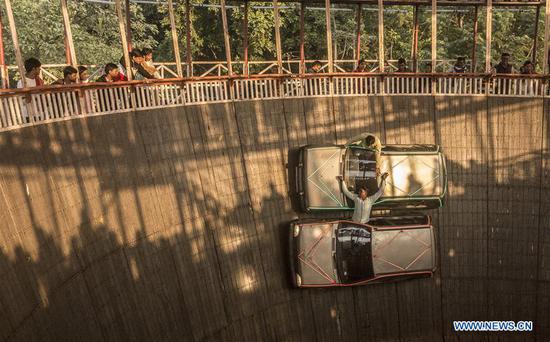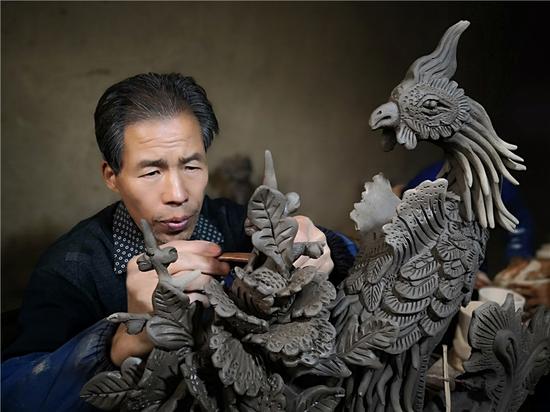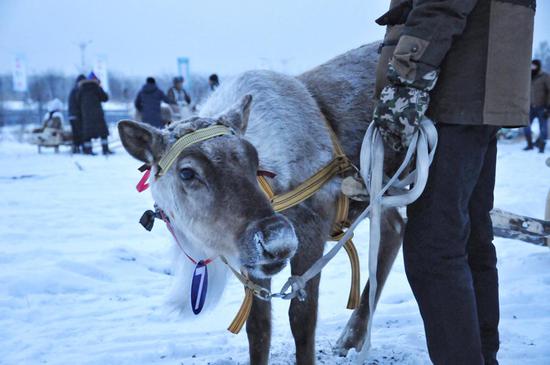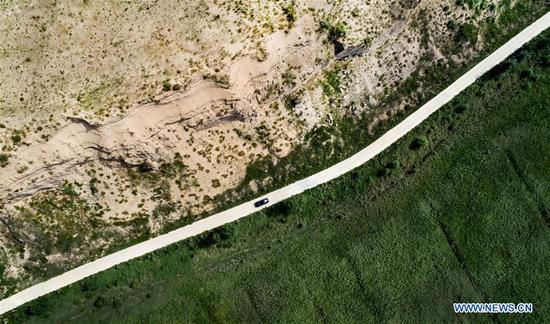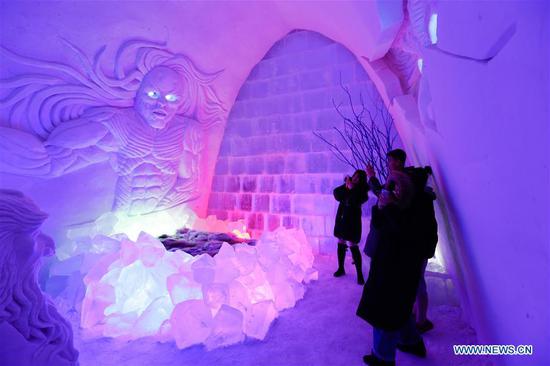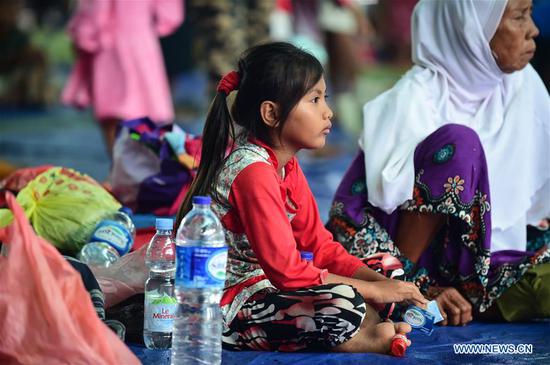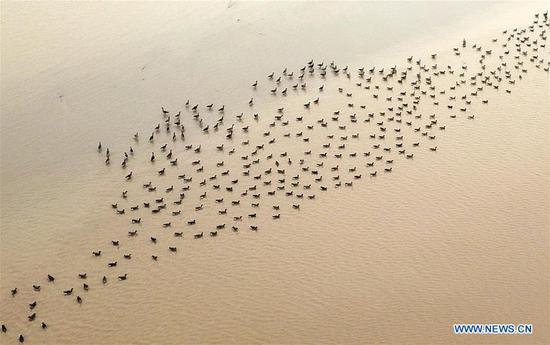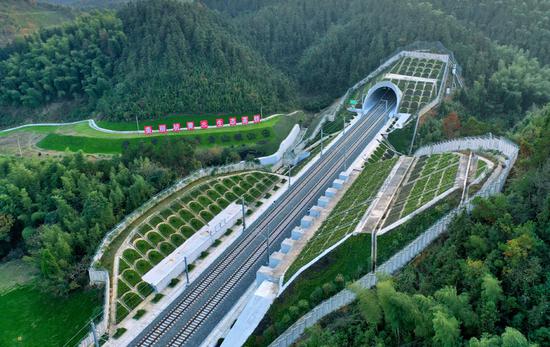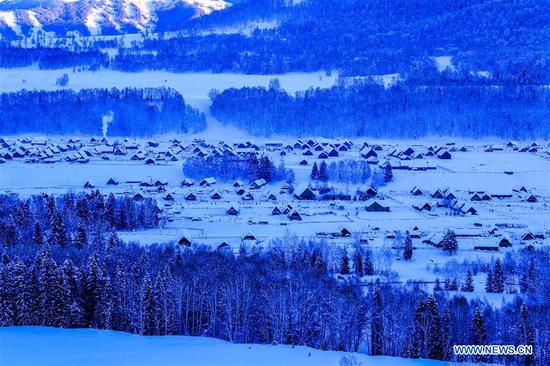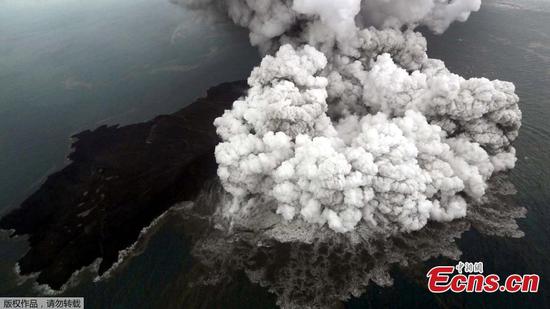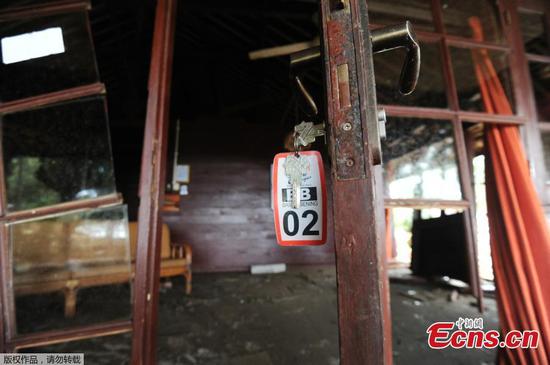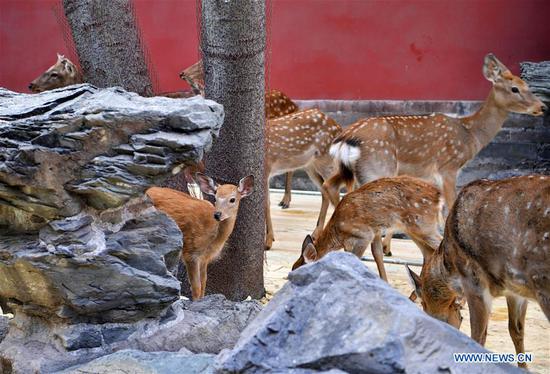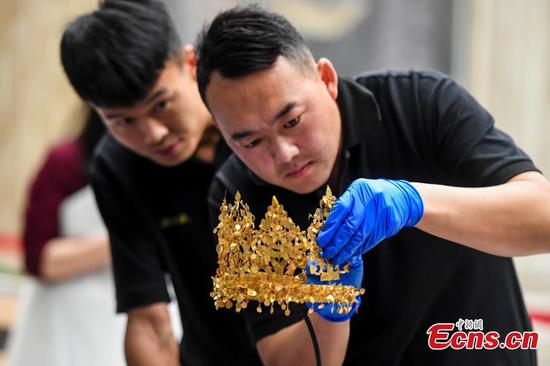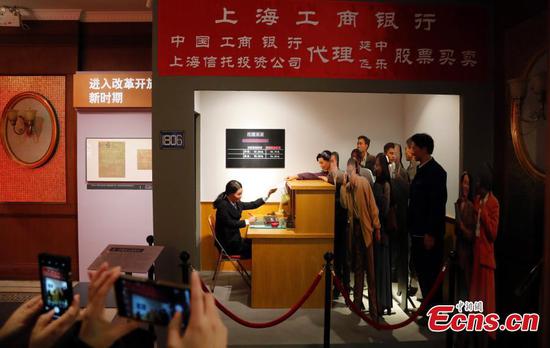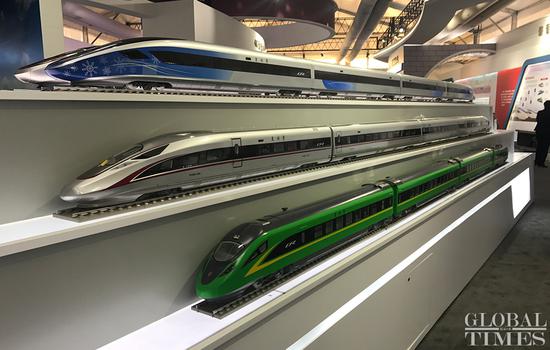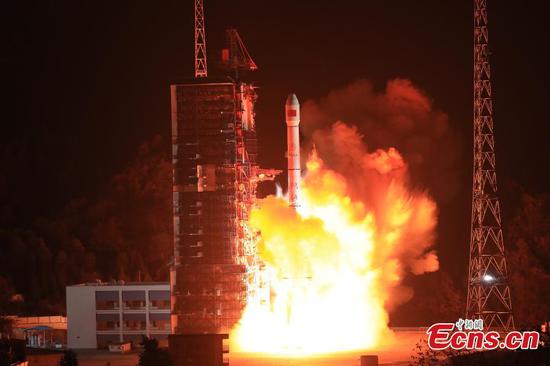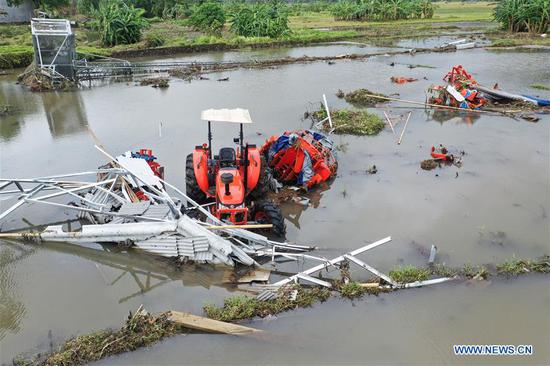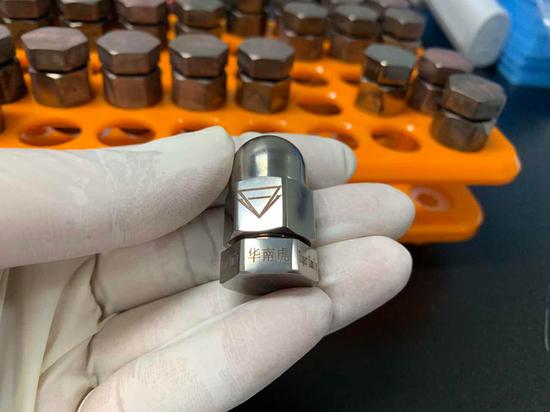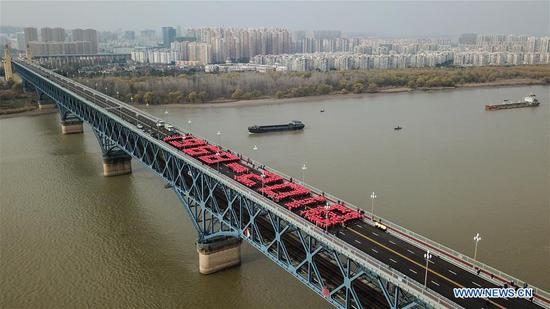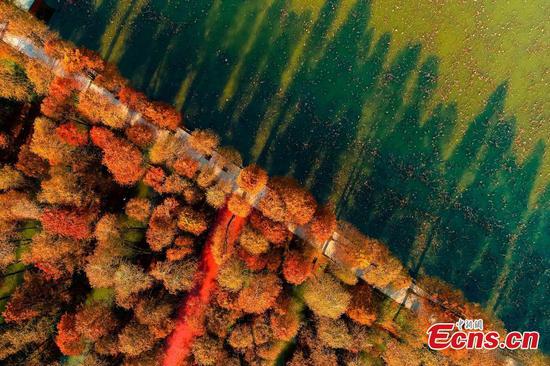Top officials of 10 areas in Hebei Province were summoned by the province's air quality watchdog to discuss measures to put a halt to the decline in air quality in regions surrounding the capital.
The areas include a district in Baoding, part of the city of Tangshan, a county in Langfang and seven other counties.
The officials were criticized for failing six times or more to lower the monthly average air quality index or the concentration of PM 2.5 particles throughout the year, according to Hebei Provincial Working Group Office for Prevention and Control of Air Pollution.
The AQI is based on the concentrations of six airborne pollutants-PM2.5 and PM10, ozone, sulfur dioxide, nitrogen dioxide and carbon monoxide.
Readings of PM 2.5, particularly hazardous particulate matter less than 2.5 micrometers in diameter, are used as a major reference for air quality.
"Linking air quality with the appraisals of local government officials is helpful to strengthening their sense of responsibility and to enhancing their efforts to implement air pollution prevention and control measures," said Zhao Yuguang, a senior engineer at the Hebei Provincial Meteorological Bureau.
The causes of increasing air pollution in the 10 places include dust and volatile organic compounds, improper use of industrial pollution-control equipment and open burning of materials that produce pollutants.
"It is urgent for us to find out more causes for the deterioration of air quality and take effective measures to improve it," Gao Jianmin, head of the provincial working group office, said during the meeting on Monday.
Hebei has a history of developing heavy and high-emission industries, including iron, steel, cement and glass industries, which are major sources of the province's air pollution, Zhao said.
The 10 areas were ordered to inspect all companies and places that might have a negative effect on air quality and to take effective measures to correct any problems.
They were also required to build a better technical capacity to implement prevention and control measures, such as equipment to reduce pollution and monitor the PM10 concentrations at construction sites.
Hebei, one of the provinces or regions in China with the worst air quality, has often had six or seven cities in the top 10 with the worst air pollution, according to the monthly air quality reports of China's 74 major cities by the Ministry of Ecology and Environment.
The province frequently summons and criticizes government officials to pressure them to reduce air pollutants. It also gives rewards to areas that make progress in controlling pollution.
In October, Hengshui, Handan and Cangzhou were given 1 million yuan ($145,000), 800,000 yuan and 600,000 yuan in awards, respectively, for ranking among the top three cities in a list of those with the most effective efforts to improve air quality.
Overall, Zhao said, "Years of effort in combating air pollution have yielded good results."
From January to November, the province's average concentration of PM2.5 was reduced to 54 micrograms per cubic meter, down 15.6 percent over the same period last year, according to the office.
During the 11 months, the number of days with heavy air pollution in Hebei decreased to 15, 10 days less than the same period last year, it said.









